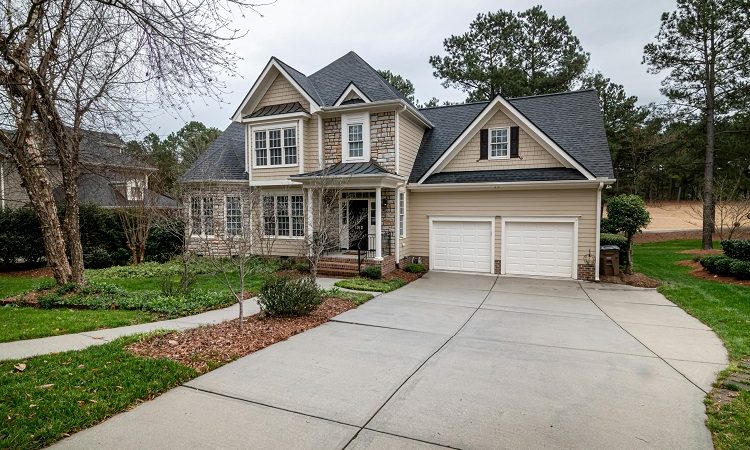Luton Outlaws the Avenue of Evil

In the underbelly of Luton, a town rich in cultural diversity and history, lies a shadowy lore that has earned its notoriety—the enigmatic group known as the “Luton Outlaws.” Tucked away from the bustling streets and the daily lives of its inhabitants, this clandestine fraternity has become an enigmatic facet of the town’s narrative—an avenue of perceived evil that exists at the intersection of myth and reality.
The origins of the Luton Outlaws the Avenue of Evil trace back to whispers and murmurs, tales passed down through generations. They are shrouded in secrecy, elusive as the mist that drifts through the town’s outskirts. Rumors suggest that the Outlaws were once renegades, rebels against societal norms, forging their own path amidst the complexities of life in Luton. Some claim they were protectors of the marginalized, while others paint them as sinister figures lurking in the shadows.
The Avenue of Evil, as it’s sometimes referred to, is a metaphorical passage where the Outlaws supposedly congregate—a place obscured from public eye, where their clandestine meetings and mysterious rituals allegedly take place. This avenue exists not on any map but in the collective imagination of the townsfolk, where speculation and myth intertwine.
However, beneath the shroud of mystery and fear lies a deeper truth. The Luton Outlaws the Avenue of Evil often misunderstood and vilified, may have a more nuanced existence than the ominous reputation suggests. While their aura is one of secrecy and seclusion, it is crucial to acknowledge the complexities that led to their formation. Socioeconomic disparities, cultural clashes, and a sense of alienation might have contributed to their emergence as a counter-culture force in the town’s narrative.
Intriguingly, the Outlaws’ legacy is a tapestry woven with threads of rebellion, resilience, and a quest for identity. They could be seen as a manifestation of dissent against a system that failed to address the multifaceted needs of its inhabitants—a subculture born out of a yearning for belonging and a voice for the voiceless.
Furthermore, perceptions often blur the line between reality and imagination. The aura of fear surrounding the Luton Outlaws may have been amplified through tales told and retold, embellished with each iteration. The human tendency to sensationalize and mystify the unknown could have contributed to the creation of this avenue of evil in the collective consciousness.
It’s vital to approach the mythology of the Luton Outlaws the Avenue of Evil with a balanced perspective—one that acknowledges the complexities of their existence and the multifaceted nature of their narrative. While their legacy may evoke a sense of mystery and intrigue, it is essential to recognize the humanity within, beyond the veil of fear and fascination.
Conclusion
Ultimately, the Luton Outlaws Avenue of Evil might serve as a symbolic reflection of societal perceptions, revealing the intricate interplay between reality and the stories we weave around it. Perhaps, by unraveling the enigma of the Luton Outlaws, we can glean lessons about empathy, understanding, and the significance of embracing diversity in the tapestry of a community’s history.





